Blood Receiving And Donating Chart A blood donation chart is a tool that tracks how often blood donors are eligible to give blood based on the type of donation The charts list common blood donation types such as whole blood double red cells platelets and plasma They specify the required frequency intervals between each donation which range from 8 weeks to 6 months
The chart provides information that can be used to determine how common or rare an individual s blood type is and their compatibility to donate or receive blood plasma and platelets for transfusions The Blood Group Chart on A A B B AB AB O and O Compatibility serves as an essential tool for understanding blood transfusion and donation processes It highlights the critical importance of matching donor and recipient blood types to ensure safe and successful transfusions
Blood Receiving And Donating Chart
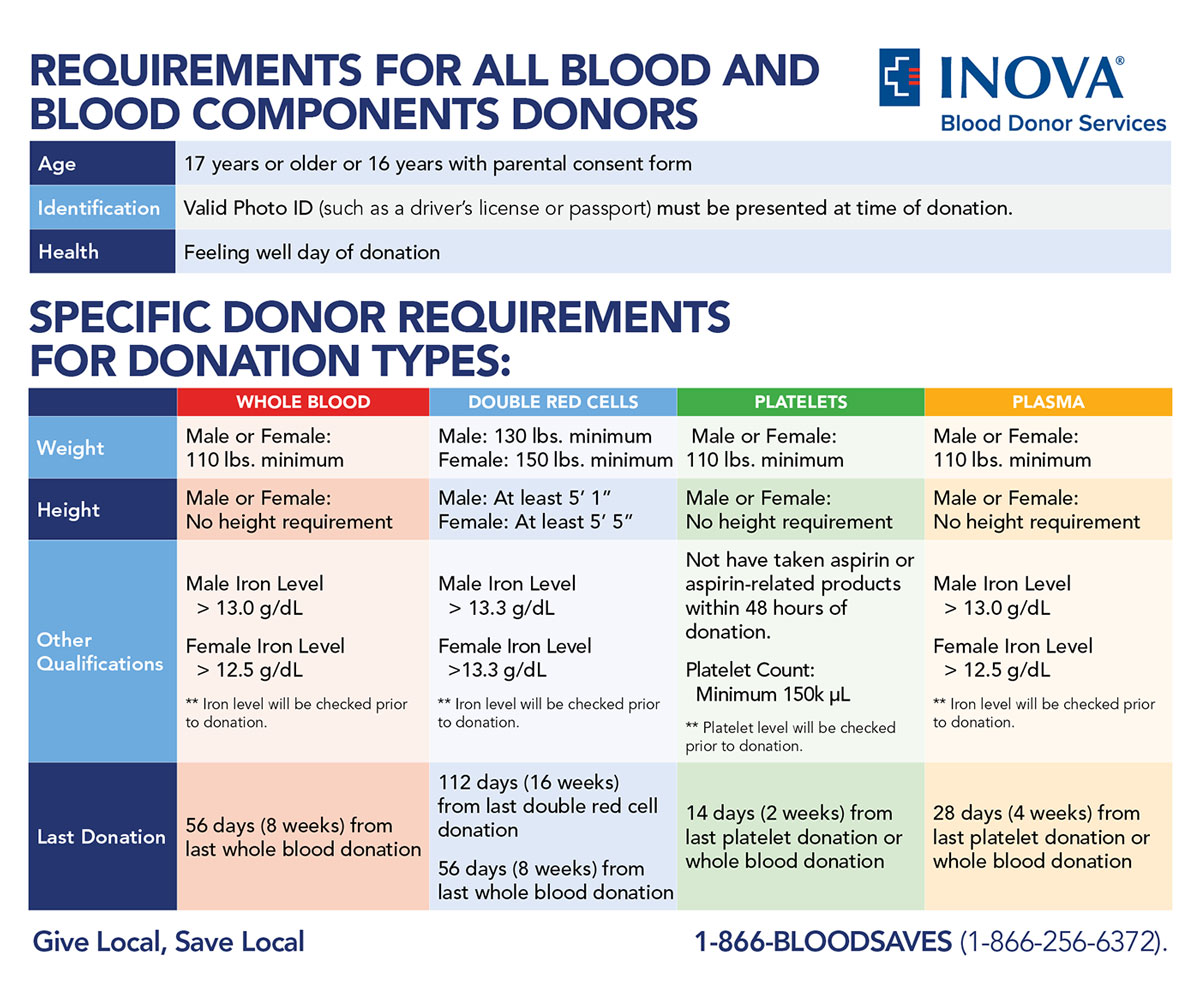
Blood Receiving And Donating Chart
https://www.inovablood.org/wp-content/uploads/2018/01/Requirements-Infographic-final.jpg
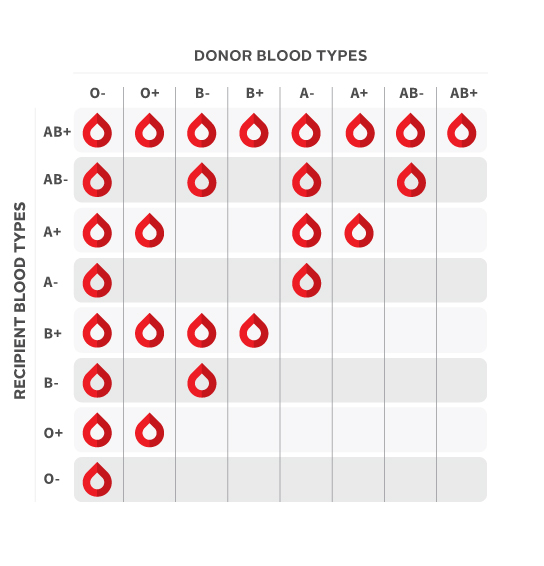
Blood Types
https://www.blood.ca/sites/default/files/DonorRecipient-Chart_1.jpeg

Weight Requirements For Donating Blood Chart Blog Dandk
https://i1.wp.com/www.fix.com/assets/content/19953/what-happens-to-donated-blood.png?resize=720%2C1064&ssl=1
There are eight different blood types O O A A B B AB and AB Each blood type has unique properties Find yours on the chart to learn more If you do not know your blood type you can find out approximately three days after you donate with us by calling 1 866 256 6372 Discover what blood types are compatible with yours Get our guide to find out There are four major blood groups determined by the presence or absence of two antigens A and B on the surface of red blood cells
Learn about the rarest blood types and most common types of blood and how that can impact your blood donation method Target Your Type with our blood type chart Need infographics animated videos presentations data research or social media charts This chart compares compatibility of blood types for blood donation
More picture related to Blood Receiving And Donating Chart
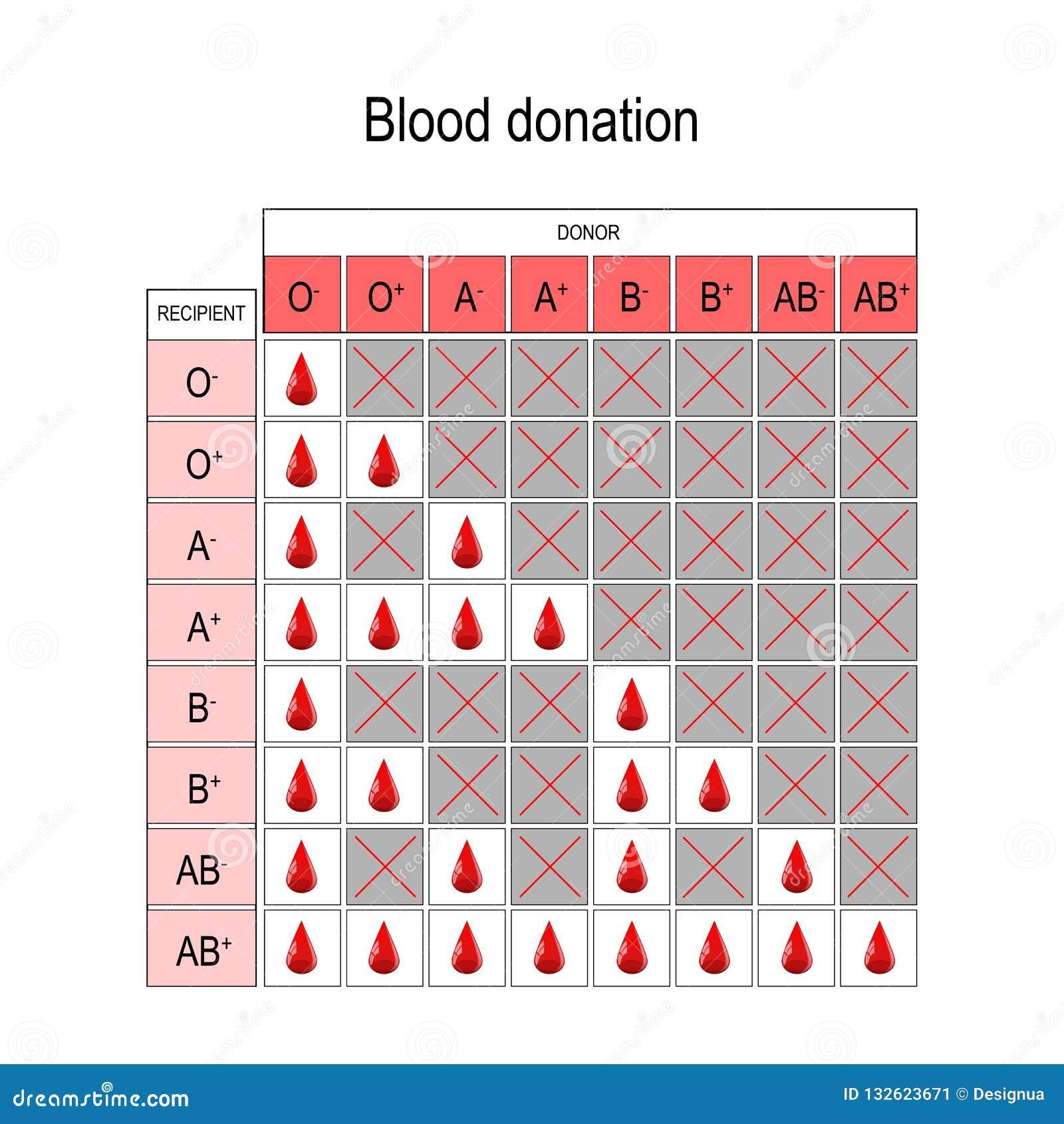
Blood Donation Chart Recipient And Donor Stock Vector Illustration Of Positive Donation
https://thumbs.dreamstime.com/z/blood-donation-chart-recipient-donor-types-b-ab-o-there-specific-compatibility-groups-donating-receiving-132623671.jpg

Blood Donor Chart Everythingherbs
https://cdn2.bigcommerce.com/server3500/o09rtt/product_images/uploaded_images/-blood-003.png?t=1575468585

Blood Donation Chart
https://www.blood.ca/sites/default/files/chart.jpg
Facts and information regarding blood types Includes charts showing donor compatibility and child blood group according to parents blood type This is why it s important to recognize which antigens and antibodies are present in both the donor AND patient when planning a blood transfusion The following chart shows which donor blood types can give blood to each recipient blood type
Organ Transplant Donor and Recipient ABO Blood Type Compatibility Chart The chart below can be used as reference for biological ABO blood type compatibility between organ donors and recipients Scientists classify blood groups as one of eight types Blood types must be matched correctly so you don t have a reaction to the transfusion which can be deadly For quick reference here s that easy peasy blood type compatibility chart we promised you which shows which blood types can be safely transfused with one another

Blood Donor Recipient Chart
https://images-cdn.9gag.com/photo/azXDO4p_700b.jpg

Donating Plasma Vs Blood What s The Difference
https://vitalant.org/getattachment/be1a519b-9dc0-4c63-a95d-ac8dac369ddb/Blood-vs-Plasma-Comparison-Chart_vitalant.jpg
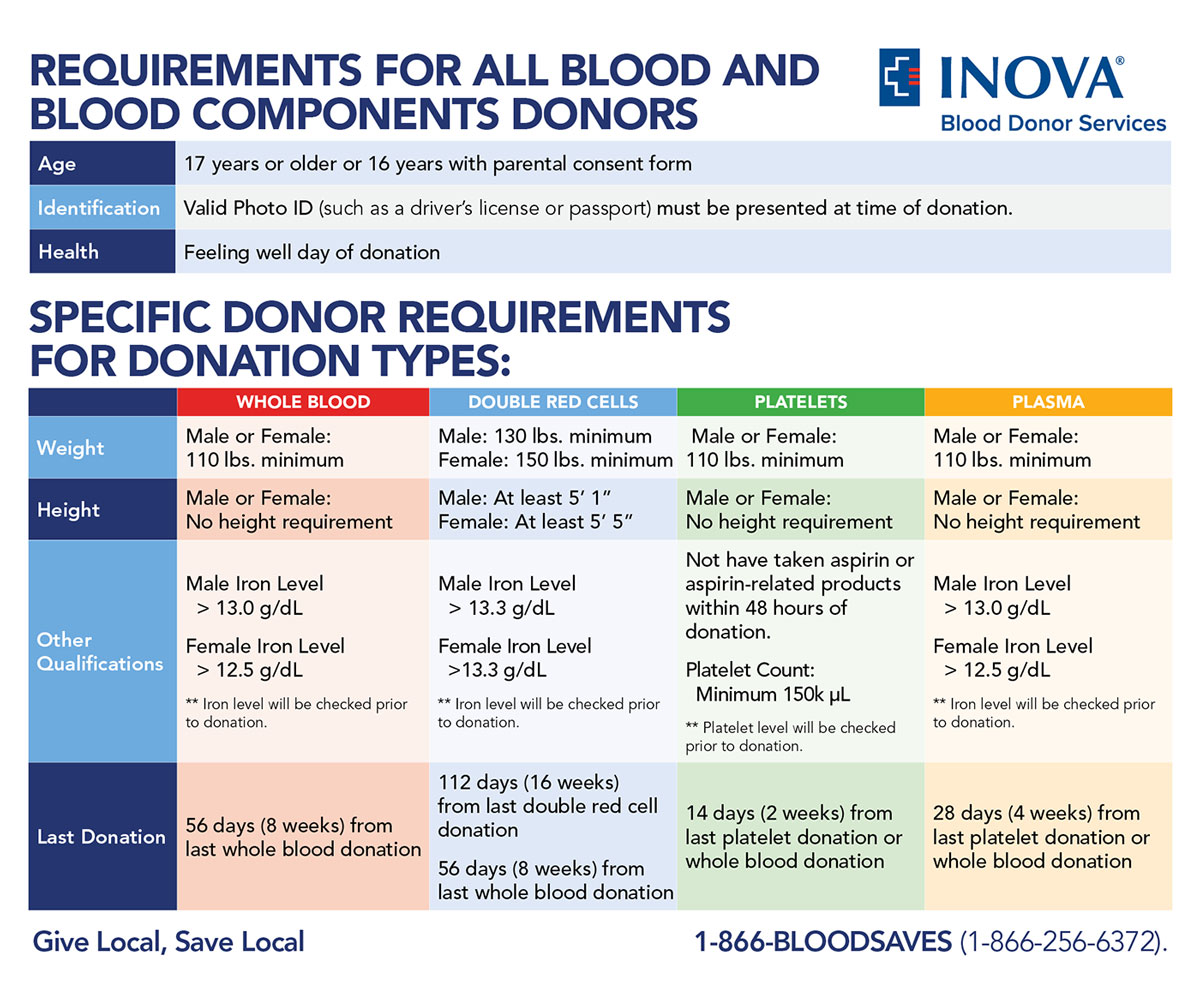
https://www.typecalendar.com › blood-donation-chart.html
A blood donation chart is a tool that tracks how often blood donors are eligible to give blood based on the type of donation The charts list common blood donation types such as whole blood double red cells platelets and plasma They specify the required frequency intervals between each donation which range from 8 weeks to 6 months
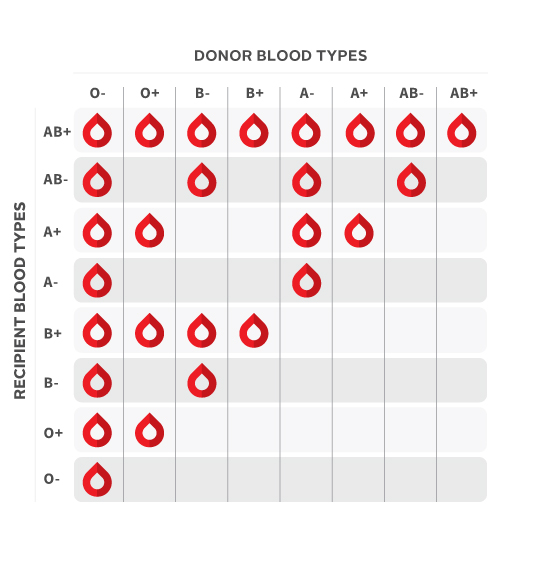
https://www.carepatron.com › templates › blood-type
The chart provides information that can be used to determine how common or rare an individual s blood type is and their compatibility to donate or receive blood plasma and platelets for transfusions

Blood Components Chart Anime Telegram

Blood Donor Recipient Chart

Chart Who Can You Give Blood To Statista

Nhs Blood Donation Weight Chart Blog Dandk
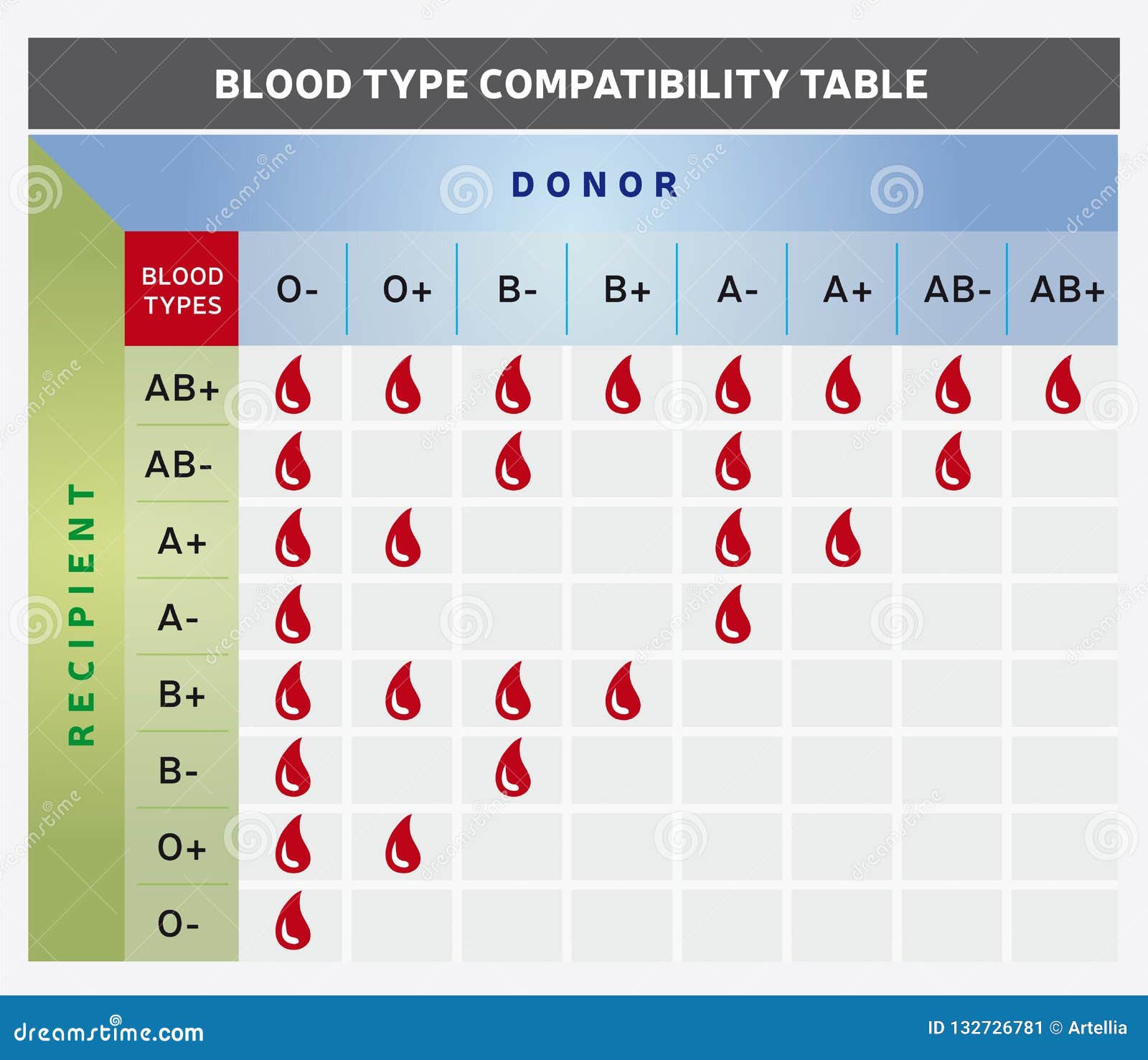
Blood Group Types And Donation Chart

Free Printable Blood Donation Charts Types Explained A B AB And O

Free Printable Blood Donation Charts Types Explained A B AB And O

Free Printable Blood Donation Charts Types Explained A B AB And O

Free Printable Blood Donation Charts Types Explained A B AB And O

Free Printable Blood Donation Charts Types Explained A B AB And O
Blood Receiving And Donating Chart - View this chart that breaks down who you can donate blood to and receive blood from based on your blood type https wwwmunityblood resources about blood blood type compatibility References Redcrossblood and weareblood